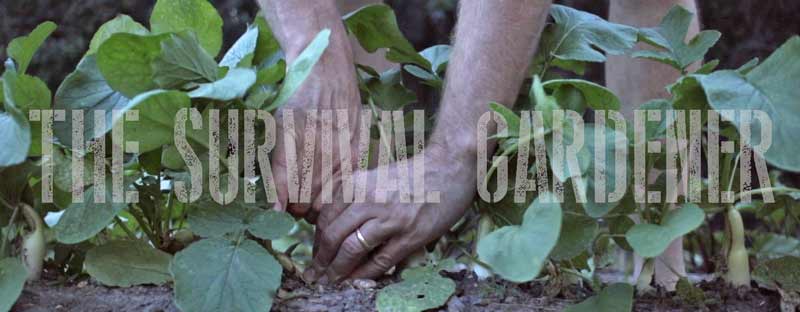Margaret in our Skool community shares pest-control success, thanks to creating lizard habitat:
So I wanted to offer this to those who are struggling with insects, as well as ask if others have also had this experience: before finding David The Good, I was cycling through various insect control products – diatomaceous earth, neem, various Monterey products, soapy water and other homemade concoctions – always in the “this is a big problem I need to do something about stat” mindset. Last spring I just stopped using anything at all. I went cold turkey. And when my cucumbers and squash got overrun with cucumber and squash beetles, when an eggplant got overrun with flea beetles, when anything got too buggy I just pulled them out and moved on.
One year later, we have so many lizards in the garden it’s now a main topic of interest and conversation. We have three varieties of lizards and in large numbers. My husband is making videos of lizards. Now I do use organza bags to cover my elderberries and maybe some tomatoes if the leaf footed bugs get to be too much, but we’re not spraying anything. In at least one of his videos I remember David The Good saying to provide habitat – logs, etc. – for insect predators and they will come and he was right. So hang in there when faced with insects, nature can balance this out with some patience. 🦎
Margaret shared two videos; first, this impressive skink doing pest control:
Did you see him dig that cutworm up? That is really impressive!
And here’s an entertaining look at an anole in the same gardens:
Last year I paid a girl at church to catch anoles for me so I could relocate them to my greenhouse and Grocery Row Gardens. They are doing great now. We also have an abundance of baby praying mantises this year. This is a good reminder to add more insect and lizard habitat to the gardens.
Avoiding spraying and working with nature is best, even when it can be frustrating for a time.


2 comments
only a few survived.
works of art.
Comments are closed.